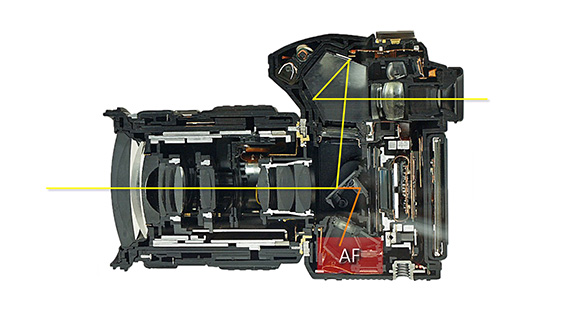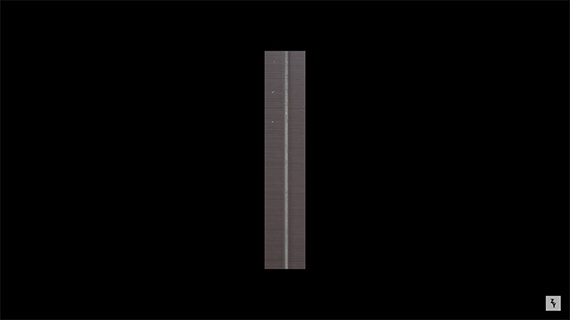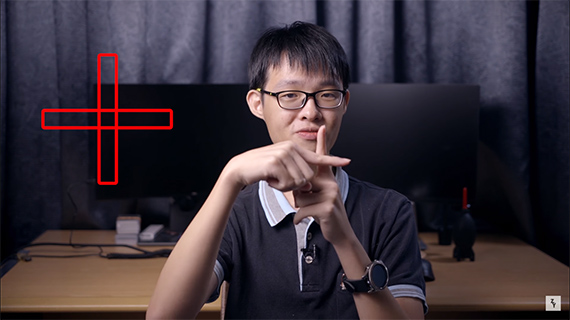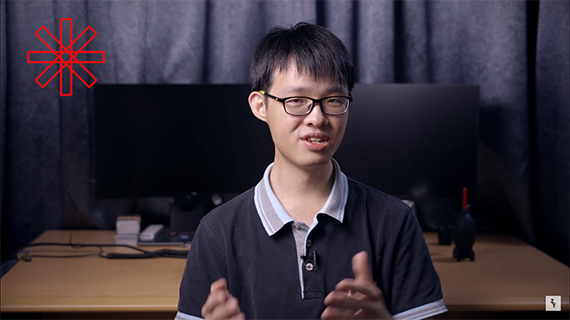Just how does your camera’s auto-focusing system work? ZY Productions gives the rundown:
The auto-focusing sensor is located somewhere at the bottom of your camera. When light passes through the sensor and then hits the reflex mirror in front of the sensor, most of the light is bounced up to where the pentaprism (or pentamirror, as the case may be) sits. The light is then reflected out of the viewfinder.

DSLR Cross Section
Phase Detection
The AF sensor on your DSLR uses phase detection auto-focusing technology. This system works somewhat similarly to how a rangefinder camera works. The reflex mirror is translucent, which allows some of the light coming through the lens to get through the mirror and then get reflected down toward the auto-focusing AF-S sensor.
But before the light hits the AF sensor, optical elements inside the camera split that light into two. So the AF sensor receives two images for the same frame. The farther apart these two images are, the more out of focus the image is. The AF sensor then aligns the two images and in the process locks focus.
Vertical AF Points

Typically, auto focuses uses a vertical line AF point. It’s oriented vertically and it looks for contrast, well, vertically. That also means it splits the image vertically to lock focus. That’s okay until you get a scene where there is no vertical contrasting edges. This is where standard vertical lines fail to lock focus. You can counter this problem by turning the camera 90 degrees so that your vertical line sensor now becomes a horizontal line sensor and is thus able to detect edges vertically (which is now horizontally!).
Cross-Type AF Points

A cross-type AF point is essentially two line sensors with one of them turned 90 degrees and then stacked one on top of the other. The idea is that the single AF sensor is able to detect contrast both horizontally and vertically. The images are now split into two both vertically and horizontally and compared to lock focus.
Dual Cross-Type AF Points

The ultimate when it comes to AF points is two sets of cross-type points—one stacked on top of the other. The second is oriented at an angle of 45 degrees so that it looks like a star.
We often take our cameras’ auto-focusing systems for granted. It’s pretty eye-opening to understand how they work!
For further training: Extremely Essential Camera Skills at 50% Off
Go to full article: DSLR Auto-Focus Tutorial
What are your thoughts on this article? Join the discussion on Facebook
PictureCorrect subscribers can also learn more today with our #1 bestseller: The Photography Tutorial eBook
The post DSLR Auto-Focus Tutorial appeared first on PictureCorrect.
from PictureCorrect http://ift.tt/2Bw0FzZ
via IFTTT






0 kommenttia:
Lähetä kommentti